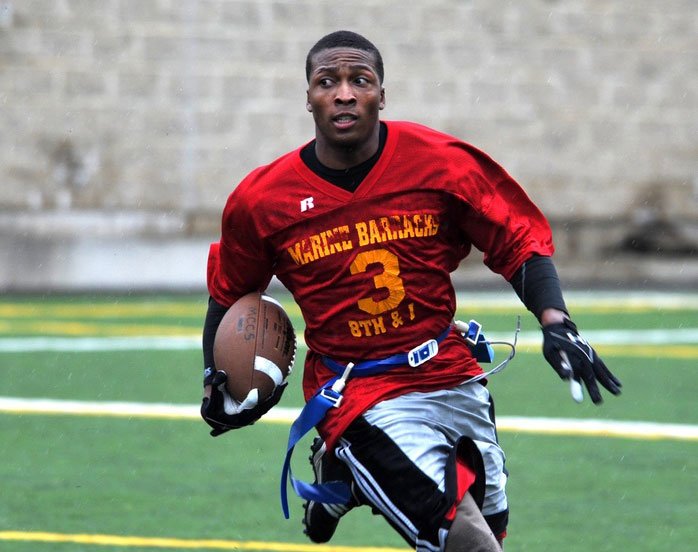“Prime Minister Rishi Sunak has cautioned that artificial intelligence could potentially facilitate the development of chemical and biological weapons.” “In a worst-case scenario, Mr. Sunak […]
Category: Tech
“Can artificial intelligence be effectively regulated?”
“Is it possible to effectively govern artificial intelligence? According to Jimmy Wales, the founder of Wikipedia, believing in such control is comparable to engaging in […]
“Will Rishi Sunak’s significant summit rescue us from the AI dystopia?”
“If you’re uncertain about your stance on artificial intelligence, you’re in good company.” Is it meant to save mankind or kill off our world’s existence? It […]
The chip maker that became an AI superpower…
Shares in computer chip designer Nvidia have soared over the past week, taking the company’s valuation above the one trillion dollar mark. GETTY IMAGES. Nvidia […]
Censys lands new cash to grow its threat-detecting cybersecurity service….
Image Credits: baranozdemir / Getty Images It appears that investments in cybersecurity companies are starting to come at the crossroads. Despite a tough summer, total venture capital investment […]
